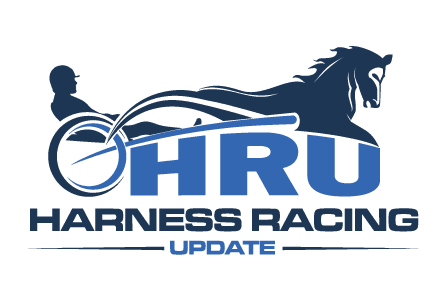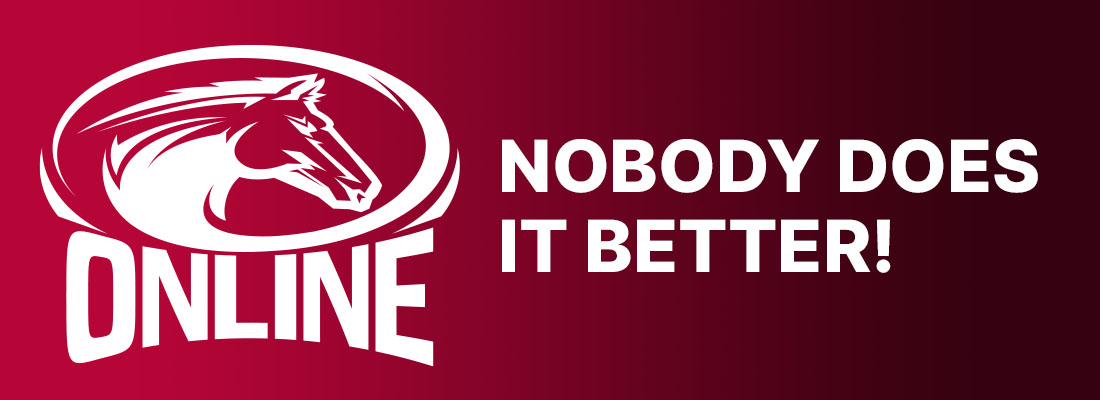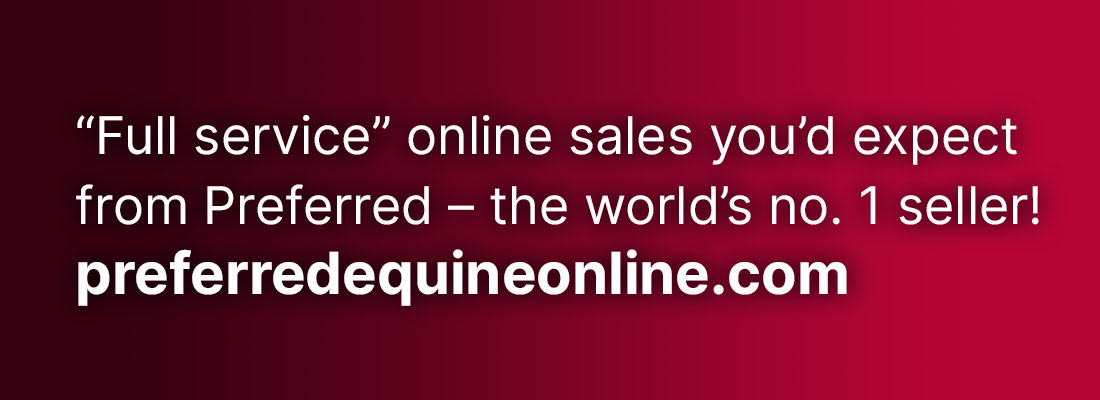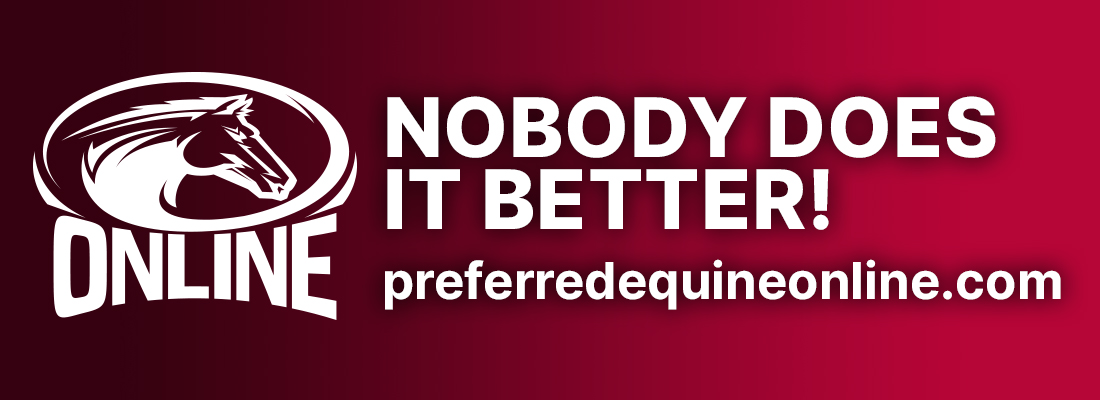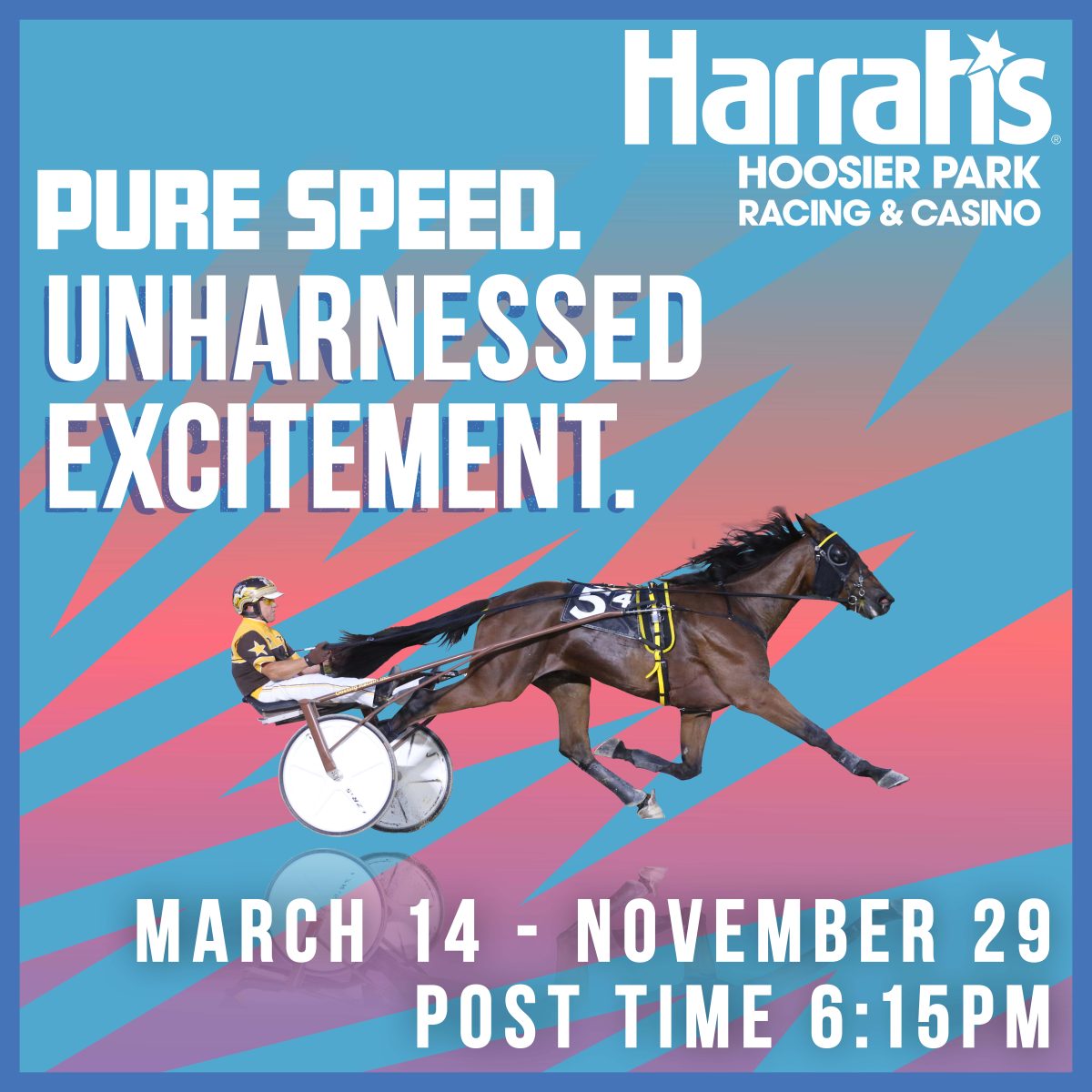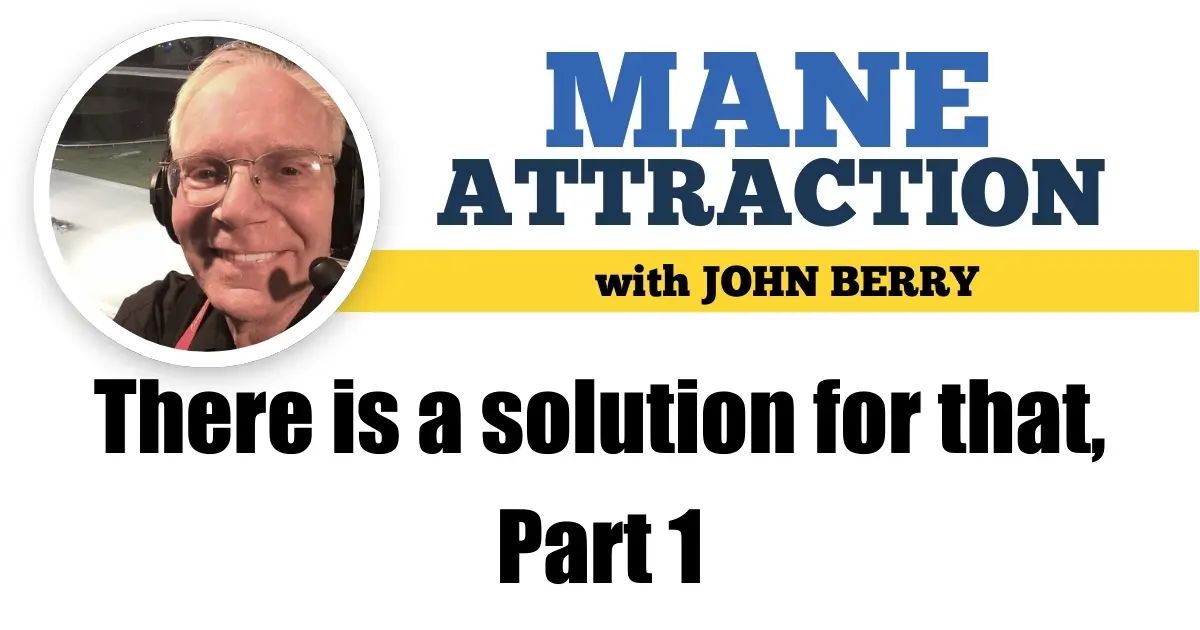There is a solution for that, Part 1
by John Berry
Recently, I was fortunate to spend some time with Wally Hennessey, Paul O’Neil and his bride of many years, Patti.
We spoke on many subjects about our industry — both the positive and the negative.
One of the positive moments was his filly, Soft Shot, winning the Jugette last season, a rare feat for the smaller owner winning over the dominant powerhouses in this industry.
Conversations with owners, trainers and drivers are common in this corner… but the most important conversations are with the fans, mostly ignored these days.
I speak with many of the BDHC (Broken Down Horseplayers Club) members along with the Send It In Army gang and they say that they are the ones being left at the post in this day and age.
Yes, there are many hurdles ahead for our sport and they aren’t 100-yard sprints in a track meet but, rather, cleaning up the decay in the industry over the last, say, 40 years that really hasn’t been addressed.
BDHC member Smitty said, “We used to be a spectator sport… great tracks in Chicago and, of course, in New York, specifically, Roosevelt [Raceway] and Yonkers [Raceway]… and The Meadowlands, of course, when they opened in the ’70s.
“It was common to get 15,000 [fans] at Sportsman’s [Park] for a Friday and Saturday card and Roosevelt had 25,000 just about every night.
“I hung out in the race office a lot all over the place — yes, I was a degenerate and still am — and the races were very competitive back then, say, in the late ’60s, ’70s and the racing secretaries hardly budged an inch to let a horse in or do a favor for someone.
“Either your horse fit [in a class]… or it didn’t. Whether it was claiming or A-B-C [classes], you fit where you fit… and that was IT!
“This goes back to the days of Jerry Baier and Phil Langley in Chicago, Larry Mallar and Steve Starr in New York and, of course, Joe DeFrank when The Meadowlands opened and they insisted on competitive racing and the bettors came out.”
R. Phil Stern agreed and chimed in and said, “Every time a [race] secretary finds a way to get a horse not eligible [to the original condition] in, that race is inviting an odds-on favorite and hurts the handle for that race.”
To Stern’s point, the larger tracks with their longer stretches seem to invite the better payoffs… as evidenced by the recent long-shot splurge at The Meadowlands but, yes, there seem to be more odds-on horses winning and a $2.60 mutuel is not going to attract new blood.
On the other side of the coin — er, $2 bill — if you like a horse, with the added one maybe being assigned the outside post, it may enhance your horse’s chance for a better price.
Only time will tell… but we must stop the pulverization of our sport and…
THERE IS A SOLUTION FOR THAT!
It all starts in the racing office…
The focus MUST shift to the fan, instead of the horsemen and horsewomen.
Five- and six-horse fields only help those on the track — not those few in the stands or those in simulcast seats or one’s sofa.
Remember, the median number — meaning WIN price — in a five-horse field in about 3-1 and, in a nine-horse field, it is, roughly, 6-1 and change.
It’s all about the value.
A “fill it or kill it proposal” to have, at least, eight, nine or 10 (or more) horses in every race on every size track would help.
Racing secretaries can expand conditions to make this happen and, at the same time, have fewer lightly stocked races and better purses with all starters getting, at least, expense dollars from their efforts.
The result could be less fewer races, higher purses, broader fields, healthier payoffs (a 12 horse field median number is almost 10-1) and a palatable last race post-time.
Next, getting the fans back to the track and…
THERE IS A SOLUTION FOR THAT!
It starts with an enhanced mutuel payoff on all bets offered at the track.
I had suggested zero takeout but, if that seems too extreme, maybe a 6 per cent takeout for on-track players would still be enough to entice a return to our racetracks.
That means that, in a win pool that has, for example, $20 with $2 bet on the winner, the payoff would be $16 off track and $18.80 on track.
In the case of exotic wagers, i.e., exactas, trifectas, etc. where the takeout is much higher (some more than 25 per cent), a winning ticket worth $750 off track would be worth $940 on track.
There is precedent here as shown in New York with different prices at OTB outlets as opposed to those on track.
Competitive casinos seem to have a rake of, roughly 5 per cent to as much as 10 per cent and they give gobs of money to their patrons in the form of free play and this would be somewhat of an equivalent for the BDHC folk, the Send It In Army membership and anyone who attends the excitement and beauty of live racing.
By the way, for those that must buy a program — whether it be for $1 or $5 — put some value in it with discounts at eating establishments, future programs or other features the facility has on property… maybe even $5 in casino free play.
Next, harness racing needs something exciting… “really exciting.”
THERE IS A SOLUTION FOR THAT!
Harness racing needs to form a wager that is as great as the “numbers racket” — now the lottery — with a multi — multi-million-dollar prize — a Perfect Pick wager.
It must be modeled after the lottery where, in the Mega Millions or Powerball, one has to select, say, six numbers (example 1-69) plus a Powerball number (1-26) to win (or share) the grand prize.
The odds against (remember him?) p, 5, 1:50.1, $1,403,938 in the Lotto are almost 300 million to one and usually seeded with $20 million to start with possible growth up to more than $1,000,000,000 (that’s billion).
Ours should be a National Harness Pick 8 with the requirement being the winning selection of races 1 through 7 at the host track and a trifecta in the finale to win — or split — the prize.
Minor prizes would be awarded if one selects four, five and six winners with major prizes offered for seven winners but no trifecta.
The takeout would be substantially less than the lottery with 50 per cent of the funds going to the winners with allocations going for horse aftercare, selected area youth programs — sorely needed — equine social security and, of course, purses.
This could create some great excitement and headlines for our sport when a multi-week carryover happens with a prize of a half-billion dollars, or so. Even $250,000,000 would be OK.
In Part 2 of THERE IS A SOLUTION FOR THAT, we’ll tackle other issues that currently plague us, including a safety issue — maybe two of them — and how a doorbell camera could play a huge positive role in our sport.
May The Horse Be With You
